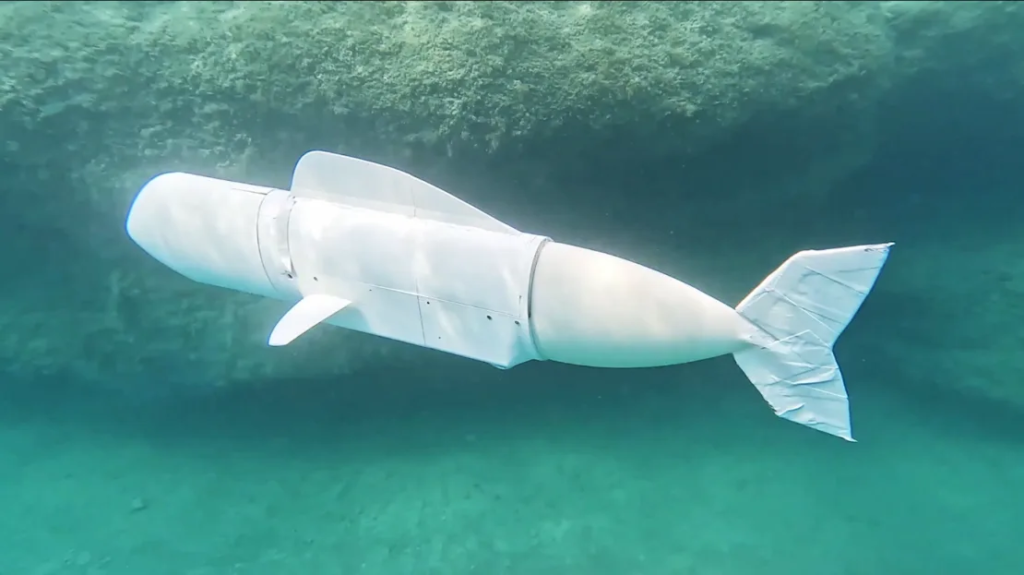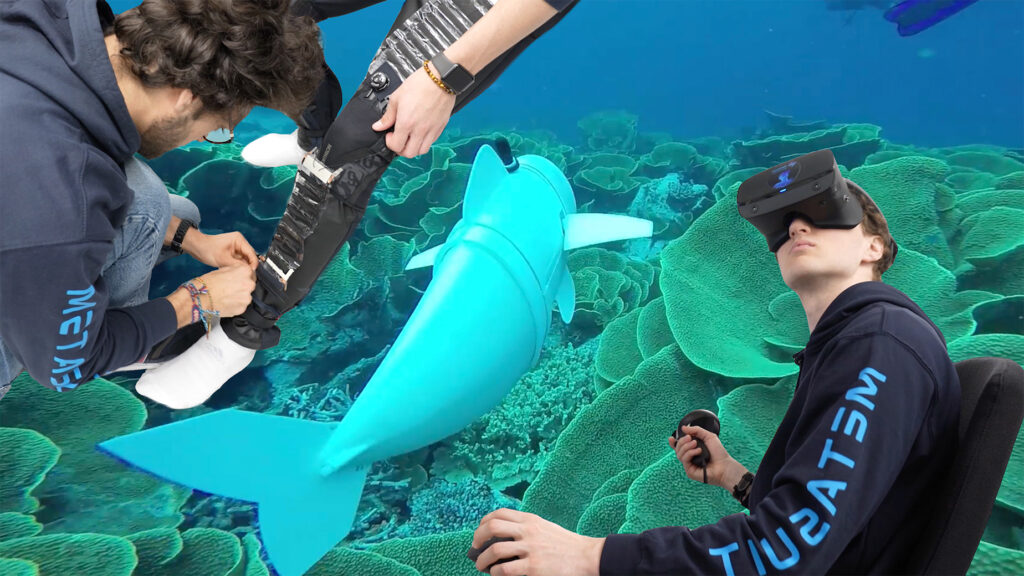
Imagine a tiny robot fish swimming through the ocean, collecting clues about the creatures that live there. That’s Eve! She’s not an ordinary fish, though. She’s a special DNA-collecting robot fish designed to help scientists learn more about the amazing underwater world.
Engineering students at Switzerland’s ETH Zurich have created a DNA-collecting robot fish named “Eve” that could transform how scientists study the oceans. Though the team is based 400 kilometers (250 miles) from the nearest sea, they are focused on making an impact on marine research.
What is Eve? Eve is a soft robotic fish, designed to move just like a real fish. It has a silicone tail that swings side to side, powered by internal pumps, allowing it to glide smoothly through water. Currently, Eve is being tested in Lake Zurich by a student-led group called SURF-eDNA. They’ve been working on this project for two years, creating a series of robotic fish with Eve being the latest.
Eve’s fish-like design helps it blend into its environment, making it less likely to disturb the ecosystem it’s studying. According to master’s student Dennis Baumann, this biomimetic (nature-inspired) design allows Eve to mix and mingle with real fish, making its presence almost unnoticeable.
But Eve isn’t just about blending in. It’s also equipped with advanced technology like a camera for underwater filming and sonar. When combined with an algorithm, helps it navigate around obstacles. Eve’s most remarkable feature is its ability to collect environmental DNA (eDNA). As it swims, Eve filters out tiny DNA particles shed by all the animals in the water. It can later be analyzed in a lab to identify the species living there.

Why Does eDNA Matter?
eDNA is becoming an increasingly important tool in biodiversity monitoring. Traditional methods can be as simple as scooping water into a cup, but Eve offers a more sophisticated approach. It allows scientists to gather detailed information without disrupting marine life. This could be crucial for protecting ocean habitats, especially as they face growing threats from climate change, overfishing, and pollution.
The students behind Eve hope that their technology can eventually be scaled up and made accessible to scientists everywhere. By providing a reliable tool for marine biologists, they aim to help prevent species from becoming endangered or extinct.
Eve is part of a broader trend of using autonomous underwater vehicles (AUVs) and other advanced tools to explore and study the oceans. Similar innovations include drone fish that monitor water quality and rovers that explore extreme ocean depths. As we learn more about our oceans, tools like Eve could play a key role in preserving marine ecosystems for future generations.


[…] Also Read: “Eve,”: DNA-Collecting Robot Fish Revolutionizing Ocean Studies […]